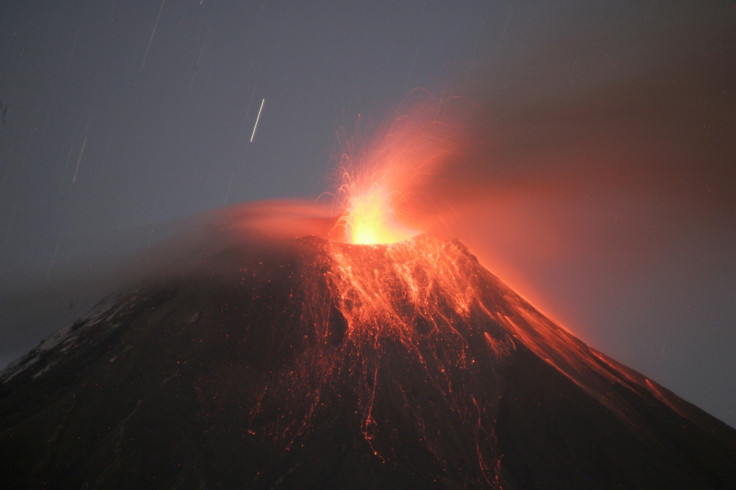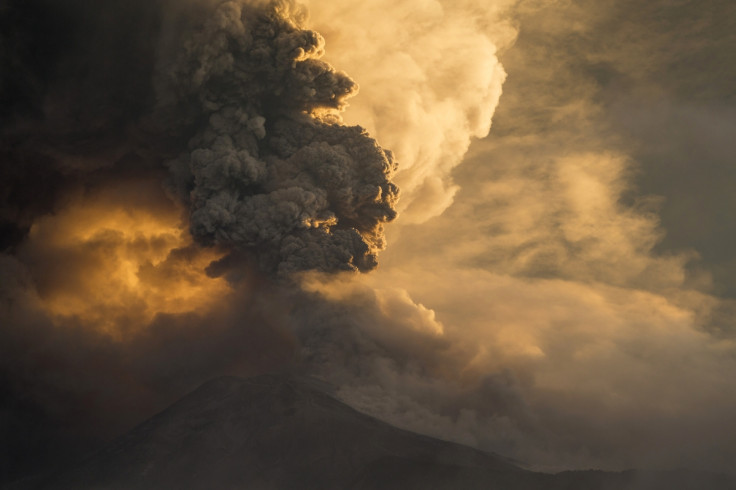Explosive Eruption at Ecuador's Tungurahua Volcano [PHOTOS]

Ecuador's Geophysics Institute has reported that the Tungurahua volcano has erupted three times, spewing ash and lava.
The institute said that two moderate explosions on Saturday were followed by a third of greater size, and pyroclastic flow stretched 500 meters down its flank. The blasts created a five-mile (8km) column of ash above the volcano, which is located 84 miles (135km) south-east of the capital, Quito.

Some reports are now putting the ash plume height at 32,000 feet while the Washington VAAC advisory mentions ash as high as 47,000 feet.

According to other reports, pyroclastic flows apparently moved down the slopes of the volcano in all directions as well.

Authorities said the lava reached the lower part of a ravine called Achupashal, blocking a route to a tourist site called Banos.
Tungurahua is 5,023 metres high and has been active since 1999. An eruption in 2006 left four dead and two missing.
© Copyright IBTimes 2025. All rights reserved.






















